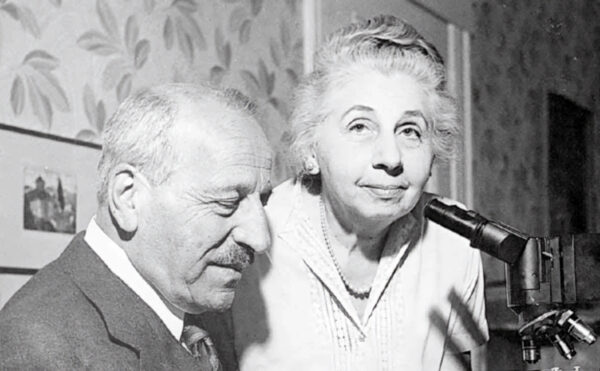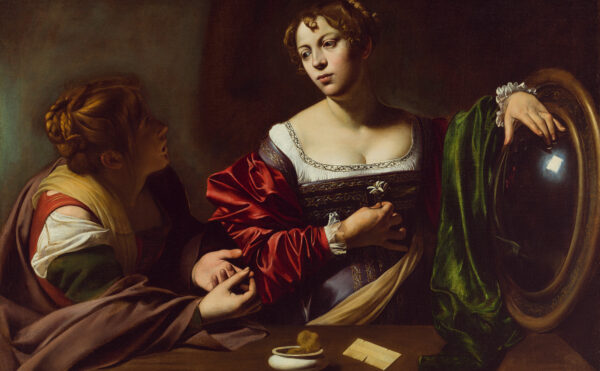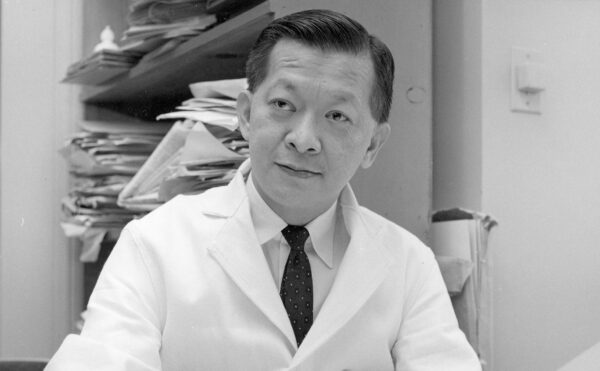William Gilbert’s De magnete (London, 1600) was the first scientific book of consequence published in England and a hallmark of the new experimental philosophy of the 16th and 17th centuries. And it all began with a peculiar kind of rock.
Alongside the philosophers’ stone, which was reputed to transmute base metals into gold, early natural philosophers were acquainted with another seemingly miraculous “Philosophicall Stone,” that is, the lodestone, or magnet. It had the unaccountable ability to attract iron—even through paper or wood—and the equally strange ability to attract or repel other lodestones or magnetized needles.
Ancient scholars had relatively little to say about lodestone, certainly compared with Renaissance scholars. The Roman Pliny gave a general rundown of types of lodestone. Plutarch, and the astronomer Ptolemy after him, drew attention to the magnet’s attractive power, noting in passing that garlic had the ability to neutralize it. This belief would later spawn the rumor that mariners were forbidden to eat garlic or onions lest their compass be rendered inoperable. Among other magnetic lore from the Middle Ages, Marbodus, Bishop of Rennes, related that a lodestone under the pillow would drive an adulteress from her bed. (He did not mention a corresponding effect on adulterers.)
Medieval sailors were the first to put the compass to navigational use. Natural philosophers soon focused the newly emerging experimental spirit on the lodestone. Giambattista della Porta picked one up and exclaimed in Natural Magick (1558), “In a few days, not to say hours, when I sought one experiment, others offered themselves, that I collected almost two hundred of principal note; So wonderful is God in all his works.” In addition to basic magnetic phenomena della Porta showed experimentally that garlic had no effect on a lodestone (he breathed garlic breath on it). He also consulted with sailors who answered that “they were old Wives fables, and things ridiculous; and that Sea-men would sooner lose their lives, then abstain from eating Onyons and Garlick.”
In England, later in the 16th century, instrument maker Robert Norman discovered a new and, to him, annoying magnetic phenomenon. In the course of making compasses he noticed that though balanced when he made them, the north end of the needle would drop below the horizontal after being magnetized, requiring him to add a small counterweight on the south end to keep the compass card level. After being commissioned to make a large, expensive 6-inch compass needle and then ruining it as he attempted to rebalance it, his pique at this waste drove him to systematically investigate this phenomenon.
Norman discovered that in addition to their north−south orientation, compass needles also orient themselves vertically, with their north poles declining in proportion to the latitude. But it was left to another Englishman, William Gilbert, to find the cause of this magnetic declination. He inferred correctly that the earth itself is a gigantic, round magnet. Compass needles align themselves with the earth’s magnetic field lines, which curve around the earth from pole to pole. Gilbert investigated all aspects of magnetism so thoroughly—including inventing the terminology that distinguishes electric (i.e., static electric) attraction from magnetic (involving the lodestone or iron) attraction—that the study of magnetism advanced little further until the 19th century. But for the “assertion that a loadstone placed unawares under the head of a sleeping woman drives her out of the bed if she be an adulteress” Gilbert had no tolerance, and that oft-cited fact passed into obscurity.




